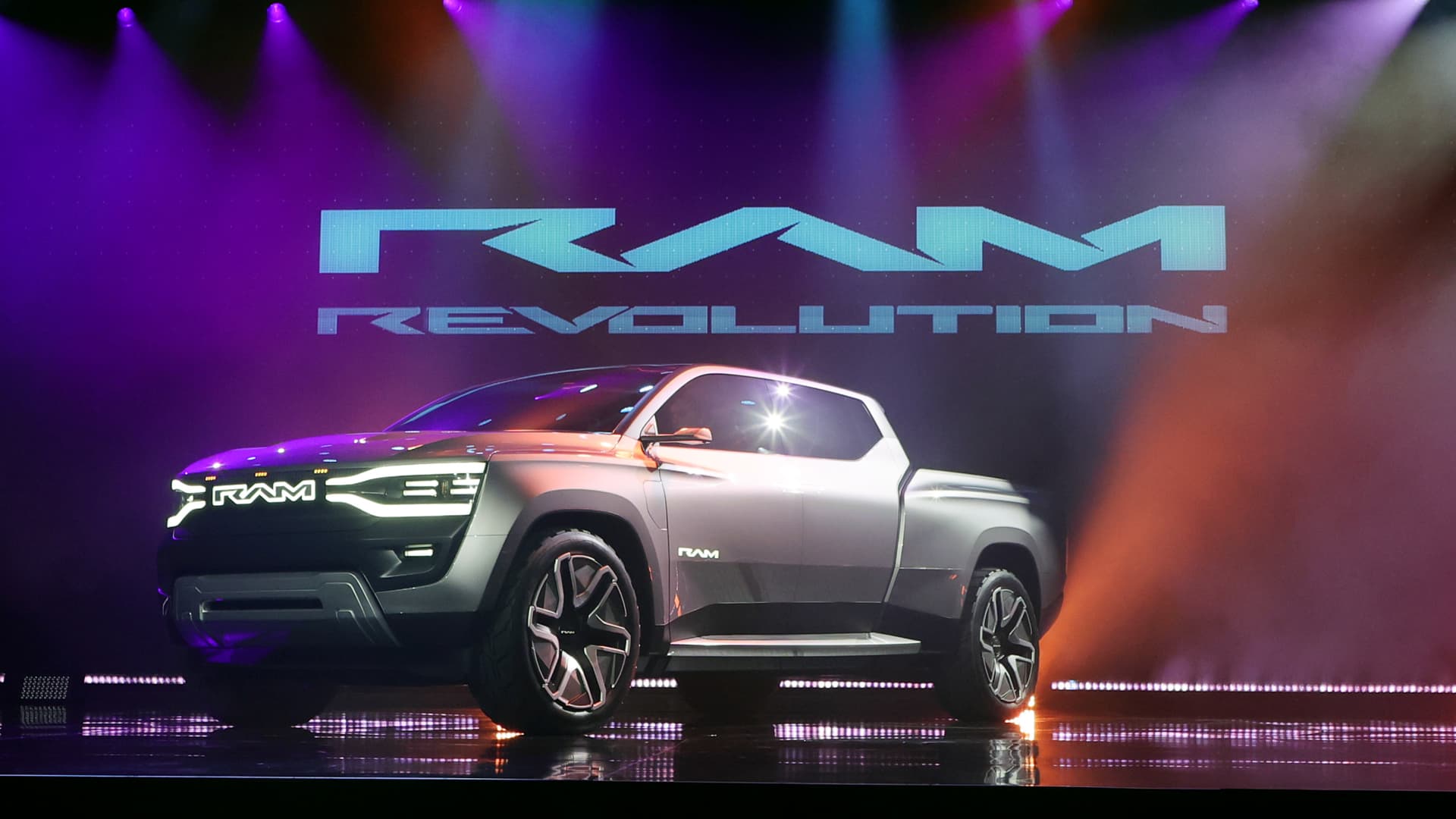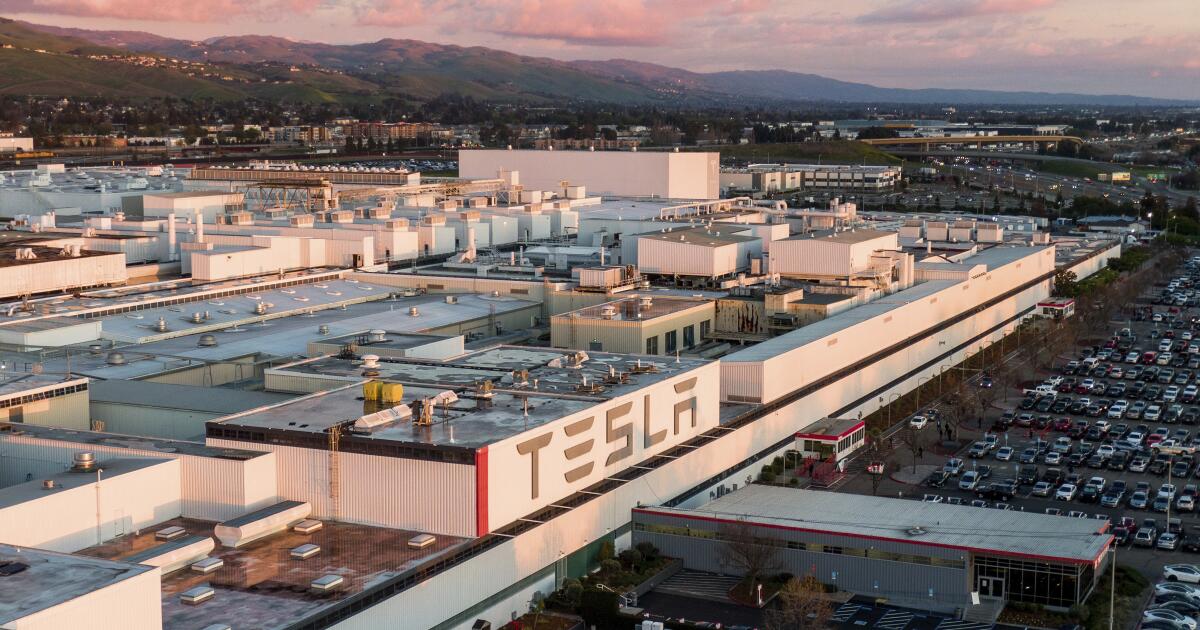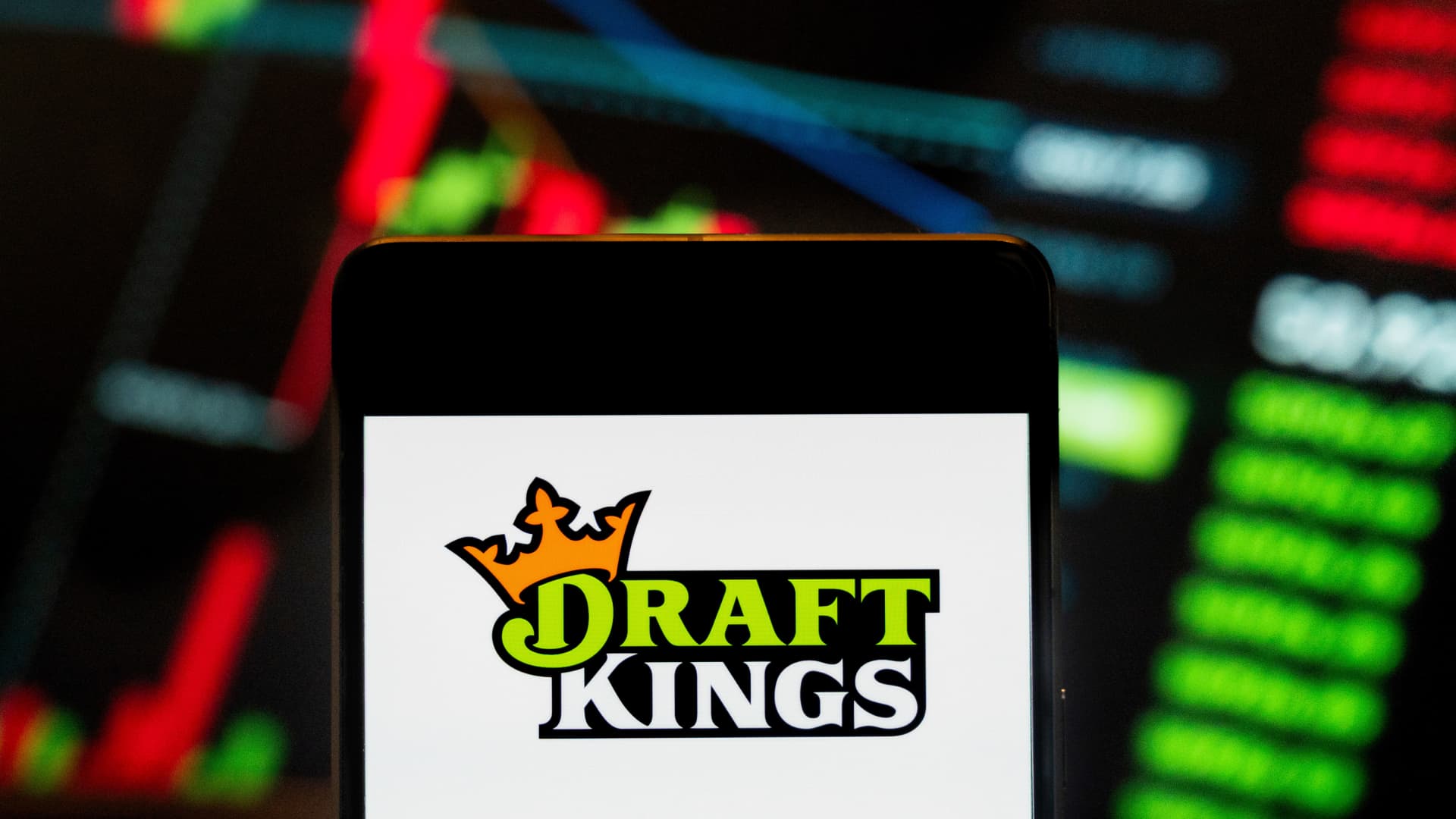Analysts at research and brokerage firm Bernstein highlighted the unexpected benefits that stable prices have brought to cryptocurrency miners. Despite the lack of major price changes, which are currently hovering between $50,000 and $60,000, the situation has proven favorable for mining operations, particularly after Bitcoin's fourth halving on April 20. .
The halving, which halved the reward for mining Bitcoin transactions, was expected to hit the mining industry. However, subsequent “flat” price action has eased competitive pressures, allowing miners to maintain profitability even as operating costs doubled.
This phenomenon has led to adjustments in mining dynamics, including a 10% drop in Bitcoin's hash rate, from a seven-day moving average of 638 EH/s to 579 EH/s, leading to adjustments of most recent difficulty.
Hash rate refers to the amount of income a crypto miner can expect to earn daily with 1 PH/s or 1 TH/s of hashing power.
This decrease in hash rate has also led to longer average block times, of approximately 10 minutes and 36 seconds, slightly above the Bitcoin protocol's target of 10 minutes. Mining difficulty, a measure that ensures new blocks are produced every ten minutes on average, fell 6% to 83.1 trillion hashes, marking one of the strangest declines since the December 2022 crypto winter.
“Bitcoin's flat prices are actually beneficial for current lower-cost miners,” Bernstein analysts stated.
“It allows them to consolidate their market share and execute aggressive capital investments and M&A plans without the routine effect of ever-increasing outlays just to maintain market position.”
Remove ads
.
Among the main miners, clean spark (NASDAQ:) and Riot Platforms (NASDAQ:) stand out for operating at best-in-class production costs with strong Bitcoin balances and cash positions. They've also expanded their operations, and Riot plans to triple their actual capacity to 31.5 EH/s at a new site in Corsicana.
CleanSpark is also acquiring new sites in Mississippi and Wyoming that will add to its 75 MW capacity.
Bernstein expects these leading miners to continue consolidating their market share through organic growth and acquisitions. As such, the report expects CleanSpark and Riot to ultimately control around 6% of the network by 2025, up from 4.7% currently.










